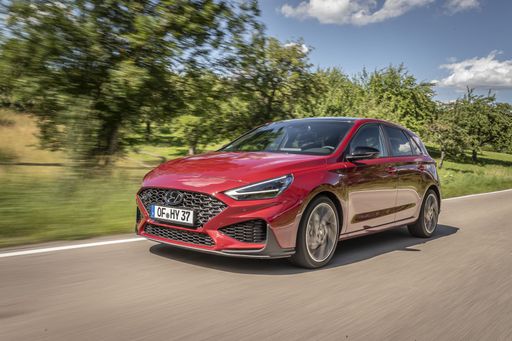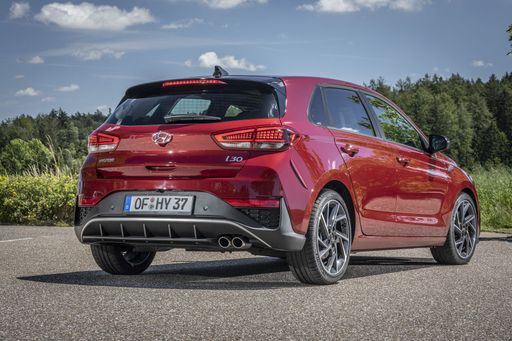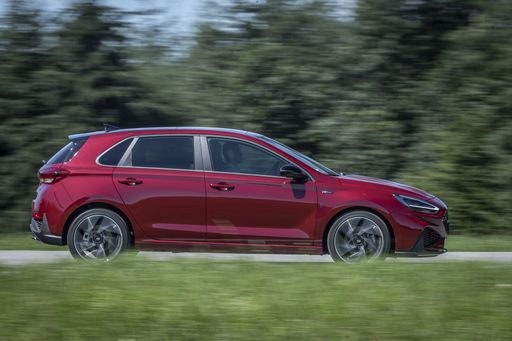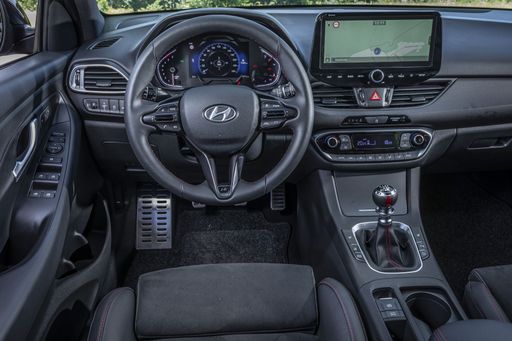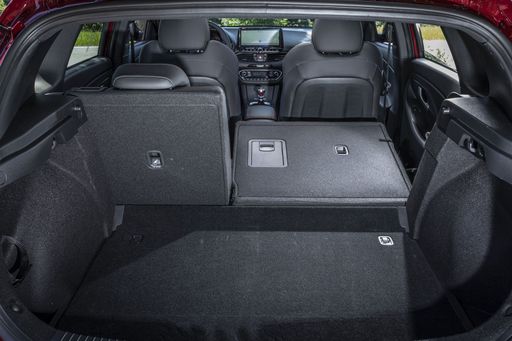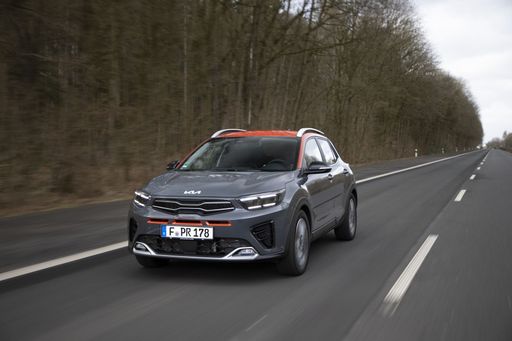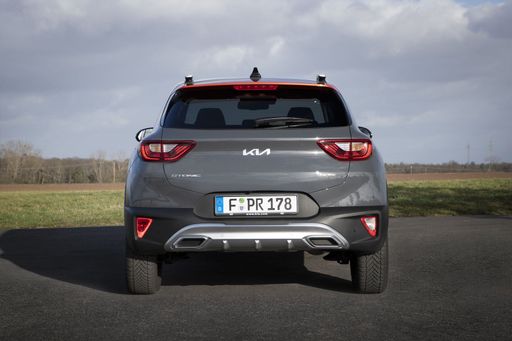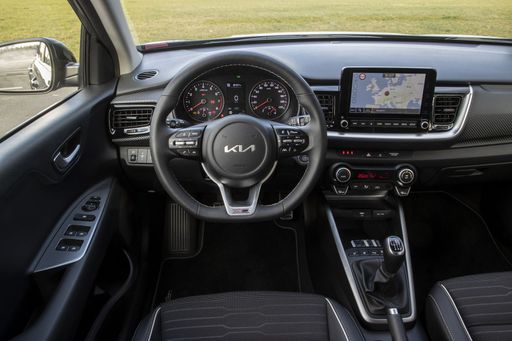The Hyundai i30 vs. Kia Stonic: Hatchback Meets Compact SUV
Choosing between a hatchback and a compact SUV can be a conundrum for many car enthusiasts. The Hyundai i30 and Kia Stonic offer intriguing options in their respective categories. Here, we delve deep into their technical aspects and innovative features to help potential buyers make an informed choice.

